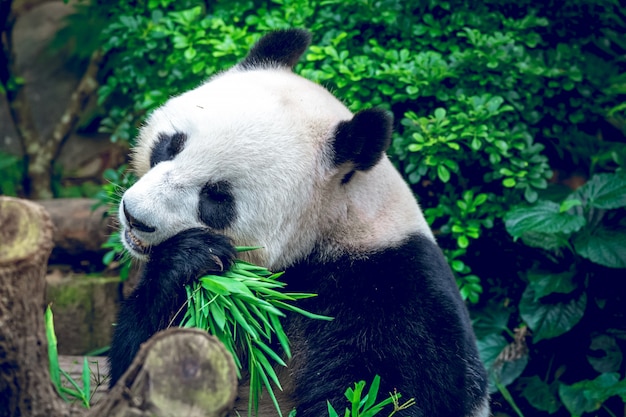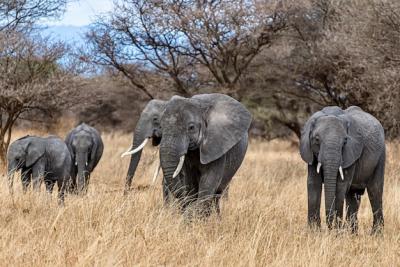Giant Panda: Stunning Free Stock Photo for Download
The giant panda, often referred to as the national treasure of China, holds a special place in the hearts of many. Known for their distinctive black and white coat, these gentle giants are not just adorable but also play a crucial role in the ecosystem. In this description, we will explore various facets of the giant panda, including their habitat, diet, behavior, and the importance of conservation efforts in protecting these magnificent creatures.
Habitat of the Giant Panda
Giant pandas are primarily found in the mountainous regions of southwestern China. They inhabit temperate forests that are rich in bamboo, their main food source. The habitat consists of dense foliage and a cool, moist climate, which provides the ideal environment for these animals to thrive.
Geographical Distribution
- Sichuan Province
- Gansu Province
- Shanxi Province
Due to deforestation and habitat loss, the giant panda's range has significantly decreased, making conservation efforts even more crucial.
Diet and Feeding Habits
The giant panda's diet mainly consists of bamboo, which makes up over 99% of their food intake. These bears consume large amounts of bamboo each day, ranging from 20 to 40 pounds. They have a unique digestive system that allows them to process this tough plant, although they gain very few nutrients from it.
Types of Bamboo Eaten
- Arrow Bamboo
- Black Bamboo
- Rattan Bamboo
In addition to bamboo, pandas will occasionally eat other plants or small animals to supplement their diet, but this is quite rare.
Behavior and Social Structure
Giant pandas are generally solitary animals. Each adult panda establishes its own territory and communicates with others through scent markings and vocalizations. Their social interactions are often limited, except during the mating season.
Reproduction and Cubs
Female giant pandas give birth to one or two cubs after a gestation period of about 5 months. Cubs are born blind and helpless, relying entirely on their mother for care. The bond between mother and cub is strong, and she will spend several months nurturing and teaching them essential survival skills.
The Importance of Conservation
The giant panda is an emblem of wildlife conservation efforts worldwide. Due to habitat loss and a low birth rate, they have been classified as vulnerable. Numerous organizations and governments are dedicated to preserving their habitat and ensuring their survival.
Conservation Efforts
- Creating and expanding protected areas
- Restoring bamboo forests
- Breeding programs in captivity
Through collective efforts, the conservation status of giant pandas has improved, and they are slowly recovering from the brink of extinction.
Conclusion: A Precious Heritage
Giant pandas are more than just cute animals; they are a reminder of the need to protect our planet and its inhabitants. Each giant panda tells a story of resilience and hope, inspiring people to contribute to conservation efforts. By learning about and supporting these majestic creatures, we can help ensure that they continue to thrive for generations to come.












